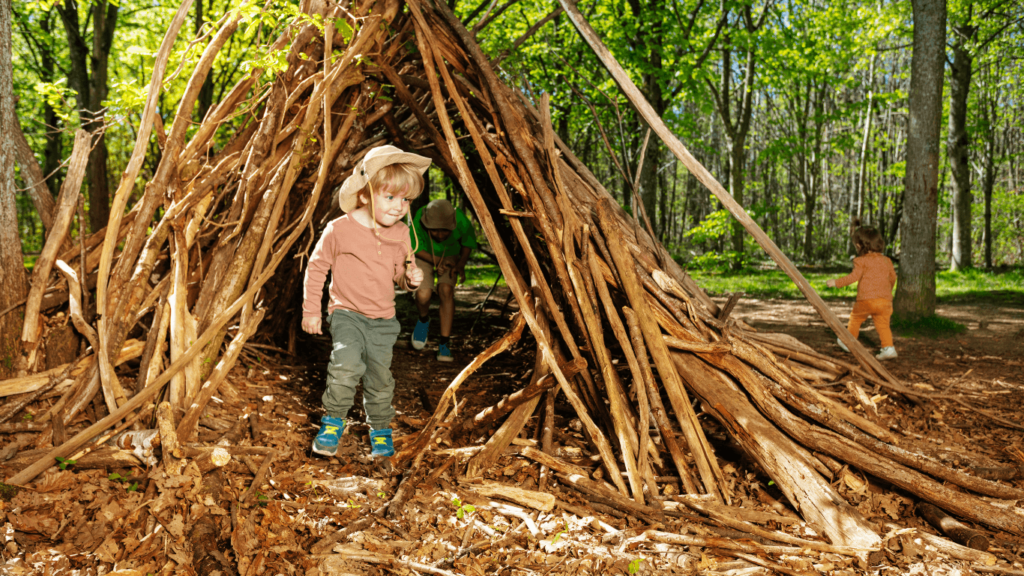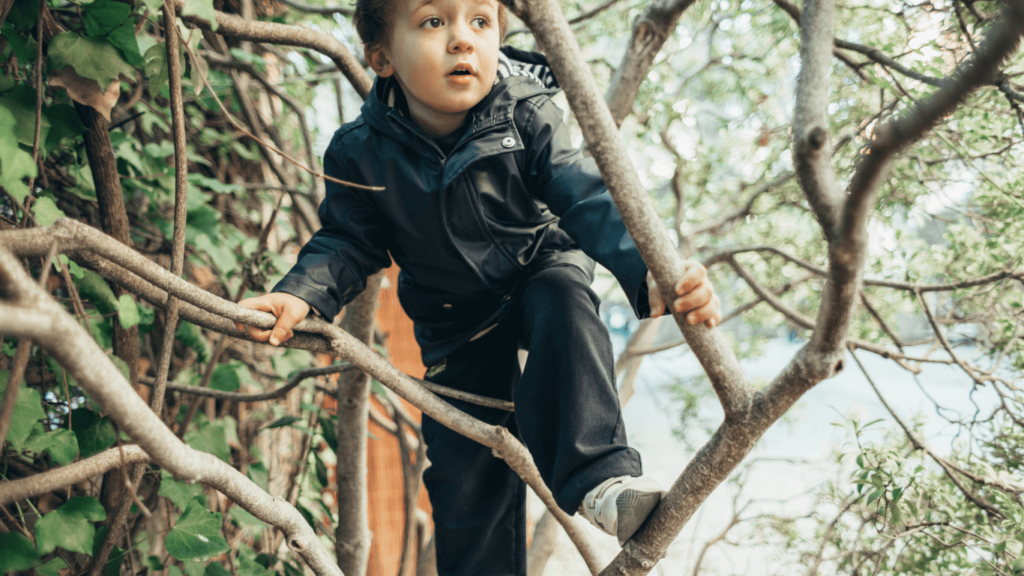Forest schools, though not as widespread in England, have gained significant popularity in Denmark, where they originated. The holistic learning approach they follow places the child at the centre, allowing them to learn in a natural, engaging, and supportive environment. While not every child has access to forest schools, those who do benefit from a wide range of positive outcomes. Here are five key benefits of forest school:
1. Develops Independence
Forest school is driven by the children’s own interests, allowing them to take the lead in their learning. Teachers act as guides, helping children explore their passions and develop at their own pace. This sense of autonomy not only keeps children engaged but helps them develop essential skills such as problem-solving and self-reliance. They become more confident in making decisions, boosting their independence and sense of self-worth.

2. Practical Learning
One of the key aspects of forest school is practical, hands-on learning. Rather than simply reading or listening to instructions, children actively engage with their surroundings to learn through play. For example, if a child decides to build a den, they don’t just imagine it—they learn skills like knot tying, teamwork, and perseverance as they construct their shelter. The learning process becomes much more meaningful because it’s rooted in real-life experiences.

3. Environmental Learning
Spending time outdoors allows children to learn about the world around them in a way that’s impossible in the classroom. They can observe the changing seasons, notice wildlife in their natural habitats, and learn how their environment impacts their daily lives. They engage with nature through all their senses—seeing, feeling, hearing, and even tasting. These experiences leave a lasting impact, making them more aware of environmental issues and how their actions affect the world around them.

4. Research-Based Evidence
As part of my university dissertation, I researched the impact of outdoor learning on children’s development. My study found that children’s learning was more effective when they engaged with the outdoors, even when the same activity was conducted in both indoor and outdoor settings. Forest schools, by their very design, offer all learning outside, providing children with a richer and more immersive educational experience. This natural setting encourages curiosity, exploration, and a deeper connection to their learning.

5. Physical Development
The outdoor environment in forest schools presents challenges that help children develop both gross and fine motor skills. Climbing trees, building structures, and balancing on uneven ground all help to strengthen their physical capabilities. These activities help build core muscles, which later support skills such as writing or typing. The natural terrain encourages children to test their physical limits in a safe environment, promoting resilience and physical awareness.

Our Final Thoughts
The benefits of forest school are profound but often overlooked. By encouraging children to engage with the outdoors, develop their independence, and face physical and mental challenges, forest schools equip children with lifelong skills. These experiences help children build resilience and perseverance, giving them the tools they need to navigate life’s challenges. In the long run, forest school gives children the confidence to embrace life’s ups and downs, guiding them toward a future of success and fulfilment.


